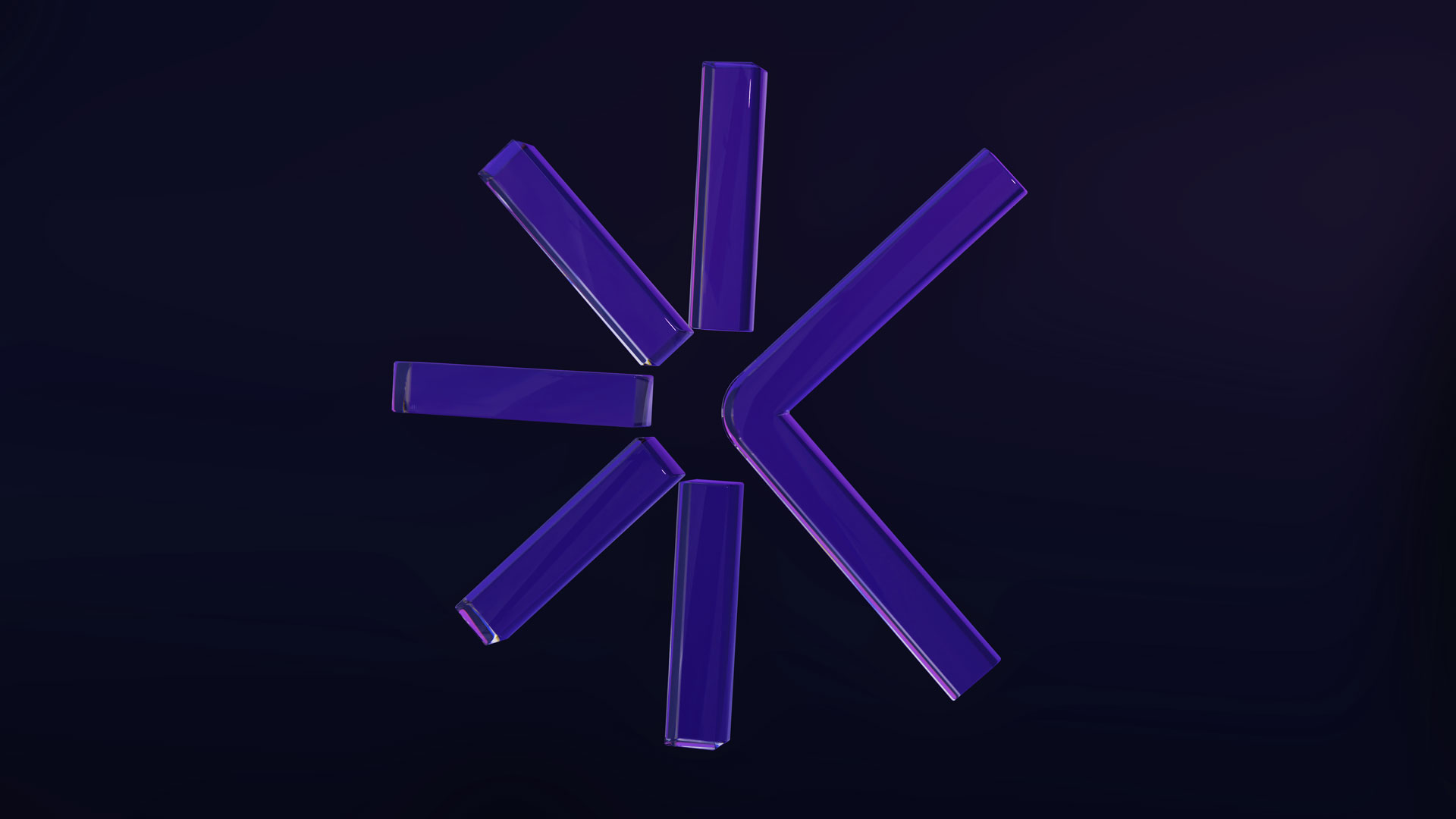1.//
Strategic Advisory
Cyber Cert Labs provides strategic advisory services to support the CISO in developing and executing an effective cyber security strategy. A mature strategy aligns with the organisations goals and objectives to achieve the right cyber security mindset across the business.
Read More-
1.1//
Cyber Security Strategy
Developing a robust, actionable and business oriented cyber strategy is the first step in a top down approach to align cyber security capabilities with clear business objectives and goals. The strategy should assess the current cyber security capabilities, map out a desired future state and highlight the milestones to get there.
Aligned to the organisation operations risk appetite the strategy will provide the context to develop cyber security capabilities in the areas of Identify, Protect, Detect, Respond and Recover.
-
1.2//
Cyber Programme and Project Management
Managing technically complex cyber security programmes requires experience programme and project managers to manage that complexity from high level objectives all the way down to daily stand ups.
Cyber Cert Labs will work with you to provide cyber programme and project management capabilities to ensure your cyber programmes achieve their stated objectives.
-
1.3//
Target Operating Model
Developing an effective Target Operating Model (TOM) is an important part of building an effective cyber security function. Your TOM should help you evolve and mature your cyber security capabilities, describe how your cyber function works and how your processes and technology integrate.
An effective TOM also helps to align your team behind your cyber security strategy and to ensure that your team is embedded in the right places within your organisation.


2.//
Cyber Defence
Cyber defence is at the heart of a modern cyber security team, typically operating the protect, detect and respond functions. A modern Security Operations Centre (SoC) operating 24x7x365 and using the latest cyber security capabilities offers the best protection against cyber attacks.
Understanding how to create, maintain and evolve a cyber defence function is a central part of your cyber resilience capability.
Read More-
2.1//
Next Gen SOC
The concept of a Security Operations Centre (SoC) as central operation hub for responding to cyber threats and incidents has been around for about two decades. Often SoC functions operated around a technology stack referred to as a Security Incident and Event Management (SIEM) platform. This platform would ingest telemetry form a wide range of systems that required protection and use regular expression-based rules to identify potential threats and attacks. As the digitisation of enterprises accelerates with more devices, platforms and data to protect this approach has become far less effective.
It is time for many SoCs to evolve towards a next generation operating model, supported by new and emerging cyber security capabilities such as cloud computing, artificial intelligence/machine learning and more advances network and endpoint protection technologies.
-
2.2//
Cyber Threat Intelligence
Cyber Threat Intelligence (CTI) is an important part of a modern cyber defence capability. Providing both forward looking information on new and evolving threats as well describing Tactics, Techniques and Procedures (TTPs) for current threats. This information helps both defensive teams organise their protect, detect and respond playbooks as well as offensive teams effectively test these playbooks.
Also, horizon scanning on the evolving nature of the threat landscape helps to inform cyber security strategies, brief senior decision makers and assist cyber security teams to optimise their effectiveness.
-
2.3//
Cloud Security
Cloud computing technologies continue to expand in terms of the services they offer on demand to enterprises. The scale and breadth of the capabilities of modern public cloud platforms provides a compelling drive for most enterprises to embrace these new technologies and the associated operating models. Alongside public cloud platforms enterprises are typically creating DevOps teams and capabilities in order to manage their entire cloud environment through code. This has significant benefits for enterprises in terms of agility, speed to market and cost effectiveness.
As enterprises evolve in this way it is critical that cyber security teams can pivot to gain the knowledge, capabilities and patterns to adequately secure both the DevOps and operational cloud environments.


3.//
Regulatory Compliance
Regulatory Compliance is a key area of any business, especially for cybersecurity. Cybercrime is on an unprecedented rise and the landscape of cybersecurity is ever changing, to keep up with these evolving threats the EU has proposed several new, landmark cybersecurity compliance legislation. CRA, DORA, NIS2 and other cyber legislation are ushering in a new and welcomed standard for cybersecurity, but implementing these changes can seem daunting. Cyber Cert Labs is here to provide consultancy services to help our clients navigate the new regulations and standards, to create a strong, contemporary cybersecurity strategy.
Cyber Cert Labs provides consultancy services to help its clients navigate the new regulations and standards that are the backbone of the EU cyber security strategy.
Read More-
3.1//
CRA
The Cyber Resilience Act (CRA) is a first of its kind legislation that will provide a baseline cybersecurity standard for products with digital elements within the European Union. The CRA will address two key issues; products with digital elements manufactured with low levels of cybersecurity leading to widespread vulnerabilities and users having an insufficient knowledge of product cybersecurity to use it in a secure manner. The CRA is a horizontal legislation, this means it will cover a broad range of products across many sectors, including any product with hardware or software components sold in the EU.
The CRA is an important consideration for many businesses developing new products and to ensure old products meet the new standards. The CRA is moving very quickly through the EU legislative process and is expected to be finalised by Q2 of 2024. This means now is the time to start thinking about your business’s compliancy journey for the CRA.
-
3.2//
DORA
The Digital Operational Resilience Act (DORA) is a new EU wide legal framework affecting financial entities such as banks, insurance companies and investment firms that will come into force in 2025. The financial sector is now inextricably linked to the cyber world, with this comes new and evolving risks and vulnerabilities. DORA aims to increase cyber resilience in the financial sector by creating detailed criteria all financial entities must adhere to in specific areas including ICT risk management, digital operational resistance testing and information sharing.
The date by which DORA must be adhered to is fast approaching and many financial entities will need to make changes to their current ICT landscape and operations. CCL offers tools, consultancy and expertise to help implement DORA criteria smoothly and effectively.
-
3.3//
NIS2
The Network and Information Security (NIS) Directive was the first EU wide cybersecurity directive, it helped to increase cybersecurity standards across Member States and whilst it was successful in some areas, implementation was difficult. NIS2 has been proposed to build on the foundation of NIS, this new directive covers more sectors, introduces stricter supervisory measures and enforcement requirements as well as address security of supply chains. This means businesses that came under NIS will need to update their cybersecurity protocols and businesses in sectors that did not fall under NIS but do under NIS2 will need to ensure they are compliant.
The date by which NIS2 compliance must be in place has been set, 17th October 2024. This deadline is fast approaching and so it is imperative that businesses begin the compliancy process as soon as possible. Cyber Cert Labs is here to help make your transition from NIS to NIS2 as smooth as possible, as well as help businesses from the new sectors ushered in under NIS2 to build a new compliancy policy.


4.//
Digital Identity
Digital identity is a foundational cyber security capability which stretches across your digital landscape. Managing the identity lifecycle and the access control capabilities that leverage this ensure that people have easy and seamless access to the data and technology they need when they need it.
It provides an organisation with the capability to regulate and monitor this access and to respond when such access is abused. Cyber Cert Labs can help your organisation develop a solid digital identity capability by helping you architect identities into the fabric of your digital technology.
Read More-
4.1//
Identity & Access Management (IAM)
We understand that securing and managing identities is the linchpin of a robust cybersecurity strategy. Defining a future state IAM architecture and mapping current to future state helps to see the journey to a modern IAM technology stack.
-
4.2//
IAM in the Cloud
At Cyber Cert Labs, we specialize in taking Identity and Access Management (IAM) to the cloud, ensuring that your organization’s digital presence is fortified against evolving cyber threats. Cloud-based IAM introduces a new dimension of flexibility, scalability, and efficiency. Whether you’re navigating the challenges of multi-cloud environments or embracing the transformative power of cloud-native applications, we can help you to meet the demands of your digital journey.
-
4.3//
Privileged Access Management (PAM)
We recognise the critical importance of safeguarding privileged access in today’s dynamic cybersecurity landscape. Our Privileged Access Management (PAM) service offering is designed to fortify your organisation’s security posture by providing comprehensive control and visibility over privileged accounts. We will advise on implementing robust solutions that secure, monitor, and manage privileged access with precision.
-
4.4//
Machine Identity
In the dynamic landscape of digital interactions, the concept of identity extends beyond human users to include machines, devices, and applications. At Cyber Cert Labs, we specialise in Machine Identity Management, a crucial aspect of Digital Identity that ensures the secure and efficient functioning of the digital infrastructure. Machine identities, often in the form of digital certificates and keys, play a pivotal role in facilitating secure communication and transactions among machines and applications. These digital entities authenticate the identity of machines, ensuring trust in machine-to-machine interactions within your ecosystem.


5.//
Future Threat Research
Looking towards the future cybersecurity challenges based on step changes in technology provides a strategic advantage to anticipate future threats. Understanding the future threat landscape can help to understand how to develop and flex your cybersecurity capabilities today to address future risks to your organisation.
Read More-
5.1//
Artificial Intelligence
Advances in machine learning based on high performance computing are creating new emergent capabilities in artificial intelligence. Use cases like Large Language Models (LLMs) are significantly increasing the risk posed by threats such as phising, social engineering, disinformation and impersonation. How should organisations respond to protect themselves against these emergent technologies and threats?
-
5.2//
Quantum Computing
High Performance Computing (HPC) will be revolutionised by advances in quantum computing, creating a step change to governments or organisations that can build quantum computers. Generally deployed cyber security protection such as public key encryption will no longer provide complete privacy of communications. How should organisations respond to protect themselves against these emergent technologies and threats?


Let the experts find your expert!
Recruitment Services
Identifying and hiring the right team is a key to implementing a successful Cybersecurity Strategy. Engaging with the right recruitment partner who are domain experts in the field of cyber security will take your recruitment beyond just sourcing CVs.

